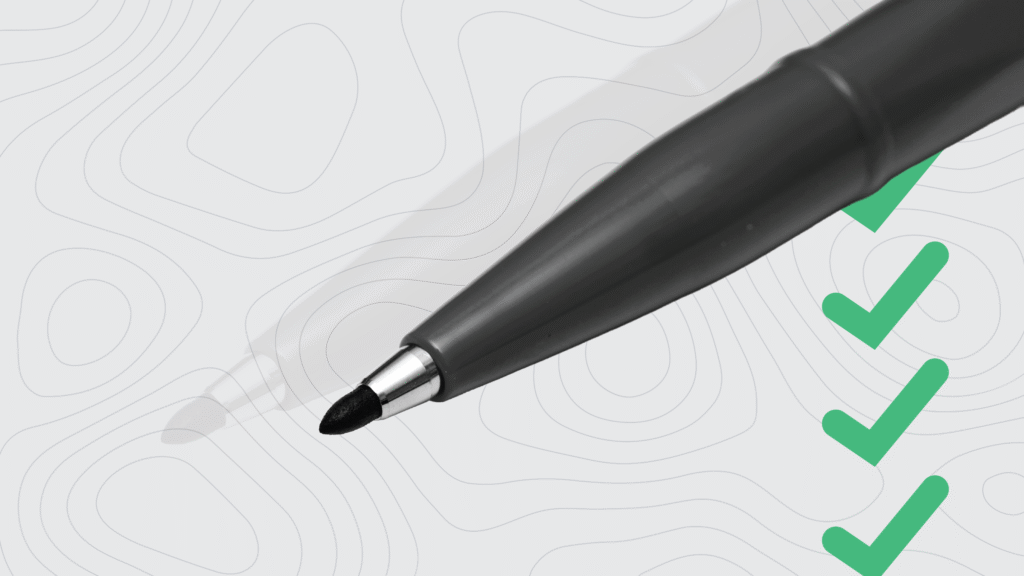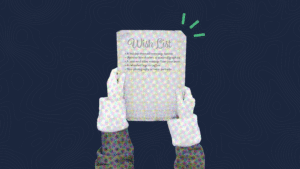As the Director of Operations at Dogwood, I wear a lot of hats. One of those is project manager and client onboarding expert. If you’re building or rebuilding a website with Dogwood, there’s a 100% chance you’ll talk to me before, during, and after your project is complete.
Recently, I’ve been working to streamline our onboarding process for web projects. One of the ways I’ve done this is by preparing a prewritten email with a list of questions I’ll ask during your discovery meeting.
We’ve found that giving clients a heads-up allows them to prepare in advance, making those meetings shorter, more informative, and far more productive. While every meeting is a little different and the questions can vary, there are some core ones we always ask to help us get started. Today, I’ll walk you through the most important questions to consider before working with anyone on a website for your organization.
What are the pain points you want to alleviate?
If you’re building a new website, there’s clearly something about your current one that isn’t working. Sometimes it’s a front-end issue—maybe the site looks outdated, is hard to navigate, or no longer reflects your brand or goals. Other times, the problem is on the back end—you like how it looks, but the content is messy, or the content management system is difficult to use.
Whatever the issue, we need to know all of your pain points so we can develop a strategy to address them. There’s nothing worse than paying for a new website and ending up with a final product that doesn’t meet your needs. While budget limitations may factor in, our goal is always to solve as many of your website problems as possible so that you walk away fully satisfied.
But to do that, you need to think through these issues and clearly communicate them. I’ve found that many people know their website isn’t quite right, but they struggle to put into words what they don’t like—especially when the problems are design-related.
Before working with an agency, contractor, or any web design professional, take time to articulate what you’re trying to accomplish with your website rebuild. The more information you can provide, the more efficiently and effectively we can find solutions.
Do you have existing branding and all the assets that go with it?
If your organization has been around for a while, chances are you have brand guidelines—even if it’s just a Word document with hex codes and font names. If you know you have a logo but aren’t sure what fonts you use, whether you have licenses, or what colors are acceptable with your logo, we’ll likely need to do some branding work before we even begin the web design phase.
We’re happy to help with that, but remember it will add time and cost to your project—something you might not have anticipated.
Before your discovery meeting, try to locate your brand guidelines and assets. This includes logo files and their variations (preferably as PNGs or SVGs), font files (unless you’re using a free web font like a Google font), and a list of your approved brand colors—both primary and secondary.
Quick aside on colors: When a logo is designed, people often don’t think about how those colors will appear online. However, achieving ADA compliance with color contrast is more complicated than it seems, and sometimes those bright, fun colors need to be adjusted to ensure accessibility.
Will the content largely stay the same, or will it change?
While the first two questions focus more on design, this is all about content—arguably the most critical part of your website. Content must be a significant consideration from the beginning of any web project. After all, your content is the reason the website exists.
You don’t need extensive content to have a well-rounded site. If your goal is simply to let people know what your organization does and how to contact you, that’s perfectly valid. However, if you have a lot of content, you’ll need to determine whether it’s still relevant and needs to be revised or reorganized.
You need to figure this out before design starts because the primary goal of your website is to guide visitors to the information they need as efficiently as possible. We achieve that through thoughtful user interface (UI) and user experience (UX) design. But we can’t build that experience without knowing the destination.
If someone never leaves your homepage, what do you want them to walk away knowing?
This is my absolute favorite question to ask during discovery sessions. It’s specific enough to spark real insight, but broad enough to fit each organization’s unique setup.
As much as we’d love for visitors to explore every piece of your carefully crafted content, they probably won’t. The average homepage bounce rate—meaning users land on your homepage and leave without clicking—is between 20% and 70%. That’s a huge number!
But don’t panic—this isn’t necessarily a bad thing. We can work with it.
Knowing that many users may only see your homepage, you must treat it as prime real estate. What’s the one message they must walk away with? Make sure your homepage communicates clearly who you are and what you do. That way, even if visitors leave quickly, they leave with a clear impression of your organization.
Building or rebuilding a website is a big undertaking, but asking the right questions can make the process smoother, faster, and more successful. Whether revamping your branding, reworking your content, or starting from scratch, taking time to reflect on your goals and challenges will help you and your web team make smart, strategic decisions. At Dogwood, we’re here to guide you every step of the way—from that first discovery call to your site’s launch and beyond. So, before you dive into your next web project, take a moment to think through these questions—you’ll thank yourself later.


